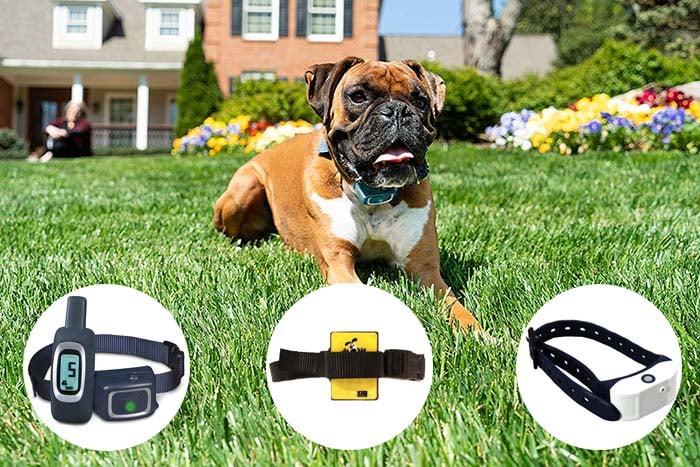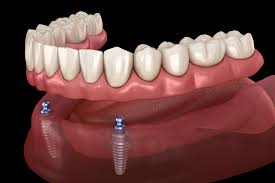As a dog owner, you know that your furry friend can sometimes be a handful, especially when it comes to obedience. Whether you have a new puppy or an older dog, training them can be a challenge. One of the most effective tools for dog training is the use of a dog training collar. In this blog post, we will take a look at the different types of dog collars and how they work, to help you choose the right one for your dog.
Types of Dog Training Collars
There are six main types of dog training collars to choose from, each designed for different training techniques:
Flat buckle collar: This is a basic collar that most dogs wear daily. It is not designed for training, but rather to hold identification tags.
Martingale collar: Also known as a limited-slip collar, this collar is designed for dogs that may slip out of a regular collar. It provides more control without choking the dog.
Prong collar: This collar has metal prongs that press into the dog’s neck when they pull, causing discomfort and discouraging pulling on the leash.
Head collar: This collar works by putting pressure on the dog’s muzzle, causing them to follow their head movements.
Shock collar: This collar delivers a small shock to the dog’s neck when activated by a remote, to discourage unwanted behavior.
Vibrating collar: This collar vibrates when activated by a remote, to grab the dog’s attention and discourage unwanted behavior.
How to Choose the Right Training Collar for Your Dog
Before choosing a training collar, it is important to understand your dog’s behavior. Consider the following factors to choose the right collar for your dog:
Age: Puppies may require a different type of collar than mature dogs.
Size and breed: The collar should fit comfortably without choking the dog.
Behavioral and training needs: Different training techniques require different collars.
Personal preference: Choose a collar that you are comfortable using.
Using the Training Collar
Once you have chosen a training collar, it is essential to use it correctly to avoid causing harm to your pet. The following tips can help you effectively use the training collar:
Train your dog in a positive way to help them understand the collar’s purpose.
Start with low levels of correction and gradually increase them if necessary.
Always supervise your dog when using the collar.
Never leave the collar on for extended periods.
Other Training Tips to Consider
While using a dog training collar can be helpful, it is not the only way to train your dog. Consider the following additional training tips to develop a stronger relationship with your pooch:
Positive reinforcement: Rewarding your dog for good behavior can be more effective than punishing them for bad behavior.
Consistency: Maintain a consistent routine to help your dog understand what is expected of them.
Time and patience: Training your dog requires time, patience, and consistency, so be prepared to invest the effort.
Conclusion:
citronella dog collar can be an effective tool for training your furry companion, but it is important to choose the right type of collar and use it correctly. Understanding your dog’s behavior and training needs is key to choosing the right collar, and training them in a positive way can help them learn faster. Remember to use other training techniques in addition to the collar, and always be patient and consistent. With the right tools and proper training, you can help your dog to become a well-behaved and happy member of your family.



